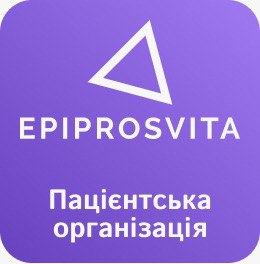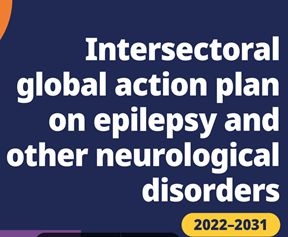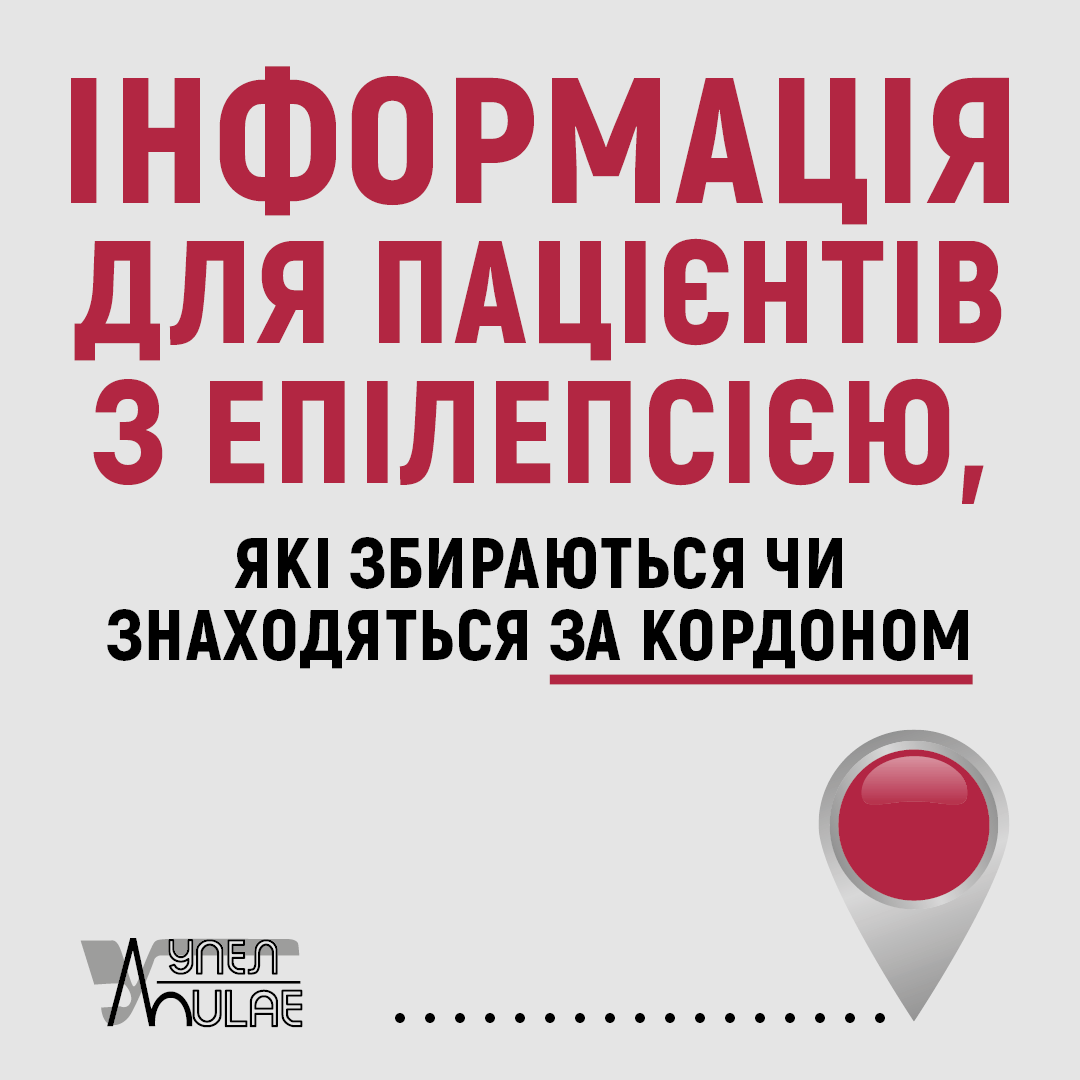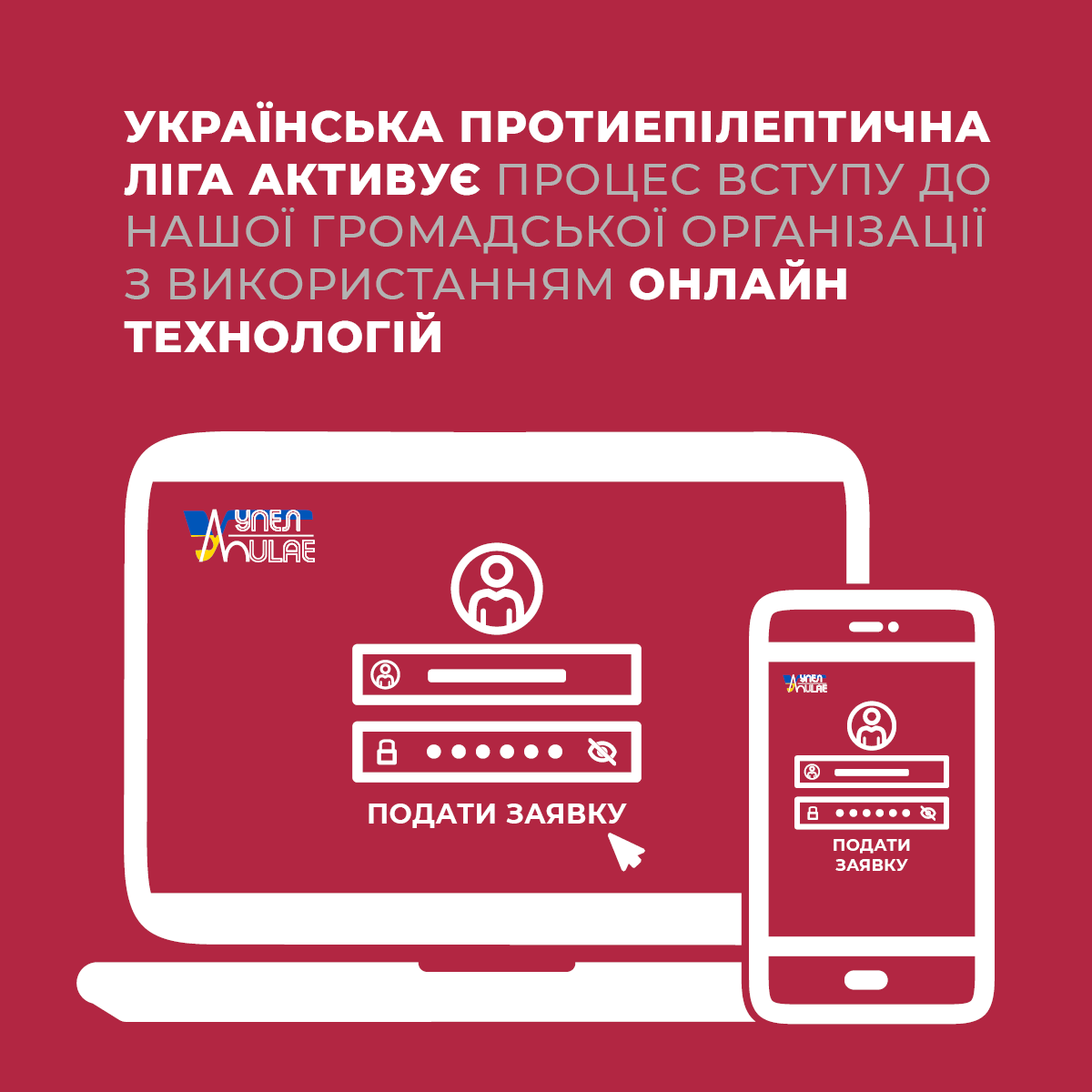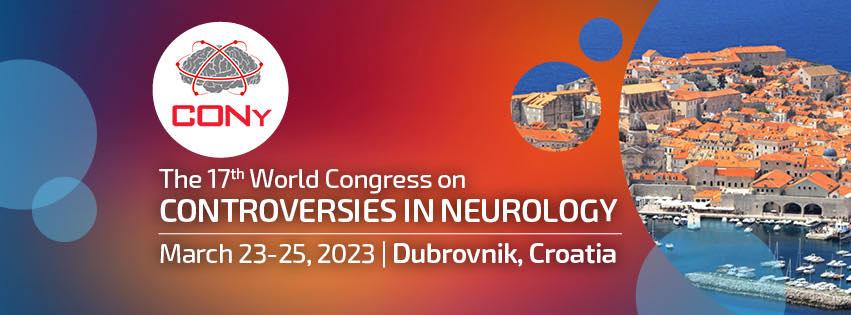Editor's Choice Seizure 2019, Vol 65, Editor’s Choice: Attitudes towards epilepsy in the UK population: results from a 2018 national survey
For those experiencing recurrent unprovoked epileptic seizures, epilepsy is much more than the sum of ictal events. Indeed, the 2005 ILAE definition clarifies that epilepsy is characterized by “an enduring predisposition [of the brain] to generate epileptic seizures, and by the neurobiologic, cognitive, psychological, and social consequences of this condition” (1). The revised ILAE definition of epilepsy of 2014 talks of epilepsy as a “disease” rather than a “disorder” specifically to underline that, in contrast to individual seizures, epilepsy involves “a more lasting derangement of normal function” (2). In fact, for many of those affected by epilepsy, the challenges of the interictal state – i.e. those related to the consequences of epileptic seizures – are more distressing than those directly related to the seizures themselves. This means that a comprehensive understanding of the disability related to epilepsy must not only take account of seizure manifestations and injuries but also of the physical and emotional consequences of seizures for the person with epilepsy. However, this understanding is still not complete: as identified in the 2005 definition, epilepsy is a social disease. As such, it may not only be disabling because of perceptions of epilepsy help by individuals experiencing epileptic seizures, but also by those around them and society at large.
My editor’s choice from the current issue of Seizure, an analysis of responses from 3,875 members of the United Kingdom (UK) public to a survey based on the Attitudes and Beliefs about Living with Epilepsy (ABLE) scale by Holmes et al., explores to what extend this interictal disability could be related to unhelpful societal perceptions of epilepsy rather than seizures themselves or any attributes of those affected by it (3). Although this study reflects attitudes in the UK, the findings include a number of lessons which are likely to be relevant in other countries.
The headline findings are encouraging: On the whole, the UK public has a relatively positive attitude towards epilepsy. Frankly negative views were only held by one per hundred respondents. This might suggest that stigma is more often perceived by people with epilepsy than explained by the views of the public. However, there were also some more troubling findings. For instance, there was an inverse relationship between self-reported knowledge about epilepsy and evidence of such knowledge. This means that it might be difficult to reach those with the greatest need to learn more about epilepsy because they already feel well informed about this disease. Educational efforts are also complicated by the fact that higher levels of knowledge about epilepsy were associated with greater risk and safety concerns, and that these, in turn, were associated with the highest level of stigma. This suggests that educators have to be very circumspect about improving attitudes towards epilepsy without inadvertently increasing anxiety about seizure-related risks and increasing stigma overall.
(1) Fisher RS, van Emde Boas W, Blume W, et al. Epileptic seizures and epilepsy: definitions proposed by the International League Against Epilepsy (ILAE) and the International Bureau for Epilepsy (IBE). Epilepsia 2005;46:470–472.
(2) Fisher RS, Acevedo C, Arzimanoglou A, et al. A practical clinical definition of epilepsy. Epilepsia 2014; 55:475–482.
(3) Holmes E, Bourke S, Plumpton C. Attitudes towards epilepsy in the UK population: results from a 2018 national survey. Seizure 2019; 65:12-19
Seizure 2019, том 65, Вибір редактора: "Ставлення до епілепсії у населення Великобританії: результати національного опитування 2018 року”
Для тих, хто має періодичні неспровоковані епілептичні напади, епілепсія – це набагато більше, ніж сума іктальних подій. Дійсно, визначення ILAE 2005 року уточнює, що епілепсія характеризується "стійкою схильністю [головного мозку] до виникнення епілептичних нападів, а також нейробіологічними, когнітивними, психологічними і соціальними наслідками цього стану" (1). Переглянуте визначення епілепсії ILAE 2014 року говорить про епілепсію як про «хворобу», а не про «розлад», щоб спеціально підкреслити, що, епілепсія включає в себе "більш тривале порушення нормальної функції", а не тільки іктальні події (2). Так, для багатьох з тих, хто страждає на епілепсію, проблеми інтеріктального стану – тобто ті, які пов'язані з наслідками епілептичних нападів – є більш тривожними, ніж ті, які безпосередньо пов'язані з самими нападами. Це означає, що всебічне розуміння обмежень (інвалідізації), пов'язаної з епілепсією, повинно враховувати не тільки прояви нападів і можливу травматизацію, але й фізичні та емоційні наслідки нападів для осіб з епілепсією. Однак це розуміння ще не є повним: як зазначено у визначенні 2005 року, епілепсія – це соціальне захворювання. Як таке, воно не має обмежуватися сприйняттям допомоги особами, які мають епілептичні напади, а й стосуватися тих, хто їх оточує і суспільства в цілому.
Мій вибір редактора з поточного випуску «Seizure» це стаття де наведено аналіз відповідей від 3875 членів громад Сполученого Королівства Великобританія на опитування, засноване на шкалі Attitudes and Beliefs about Living with Epilepsy (ABLE) (Ставлення і думка про життя з епілепсією) розроблену Холмс з співавторами, досліджує, якою мірою ця інтеріктальна обмеженість (інвалідізація) може бути пов'язана з помилковими соціальними уявленнями про епілепсію, а не з самими нападами або будь-якими іншими проявами. (3).
Результати дослідження обнадіюють: загалом, громадськість Великобританії має відносно позитивне ставлення до епілепсії. Відверто негативні думки були тільки у одного зі ста респондентів. Це може свідчити про те, що стигма частіше сприймається людьми з епілепсією, чим пояснюється поглядами громадськості. Однак були і більш тривожні висновки. Наприклад, існує зворотній зв'язок між знаннями про епілепсію, набутими самостійно і доказовою базою таких знань. Це означає, що може бути важко досягти тих, хто найбільше потребує покращення їх інформованості про епілепсію, тому що вони вже почувають себе добре поінформованими про цю хворобу. Зусилля в галузі освіти також ускладнюються тим фактом, що найкращий рівень знань про епілепсію був пов'язаний з значним підвищенням ризиків і проблемами безпеки, і це, в свою чергу, було пов'язано з підвищенням рівню стигматизації. Це передбачає, що при проведенні психоосвітньої роботи треба бути дуже обережними - поліпшення ставлення до епілепсії, не повинно приводити до зростання занепокоєння з приводу ризиків, пов'язаних із нападами, та підвищення загальної стигми.
References:
- Fisher RS, van Emde Boas W, Blume W, et al. Epileptic seizures and epilepsy: definitions proposed by the International League Against Epilepsy (ILAE) and the International Bureau for Epilepsy (IBE). Epilepsia 2005;46:470–472.
- Fisher RS, Acevedo C, Arzimanoglou A, et al. A practical clinical definition of epilepsy. Epilepsia 2014; 55:475–482.
- Holmes E, Bourke S, Plumpton C. Attitudes towards epilepsy in the UK population: results from a 2018 national survey. Seizure 2019, please add bibliographic details.
Переклад Анна Войтюк
https://doi.org/10.1016/j.seizure.2018.12.012


